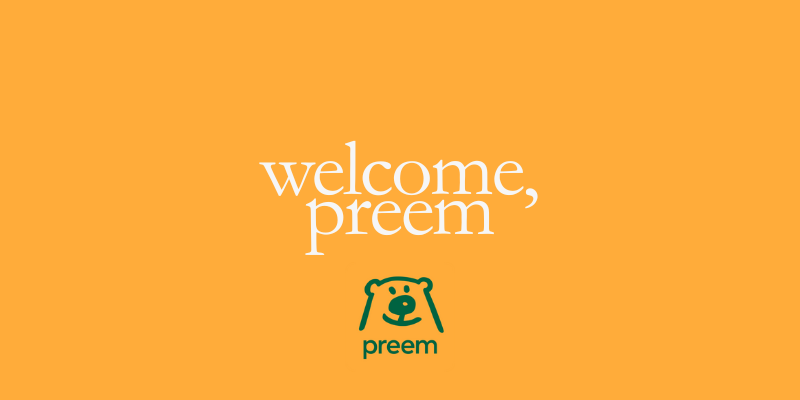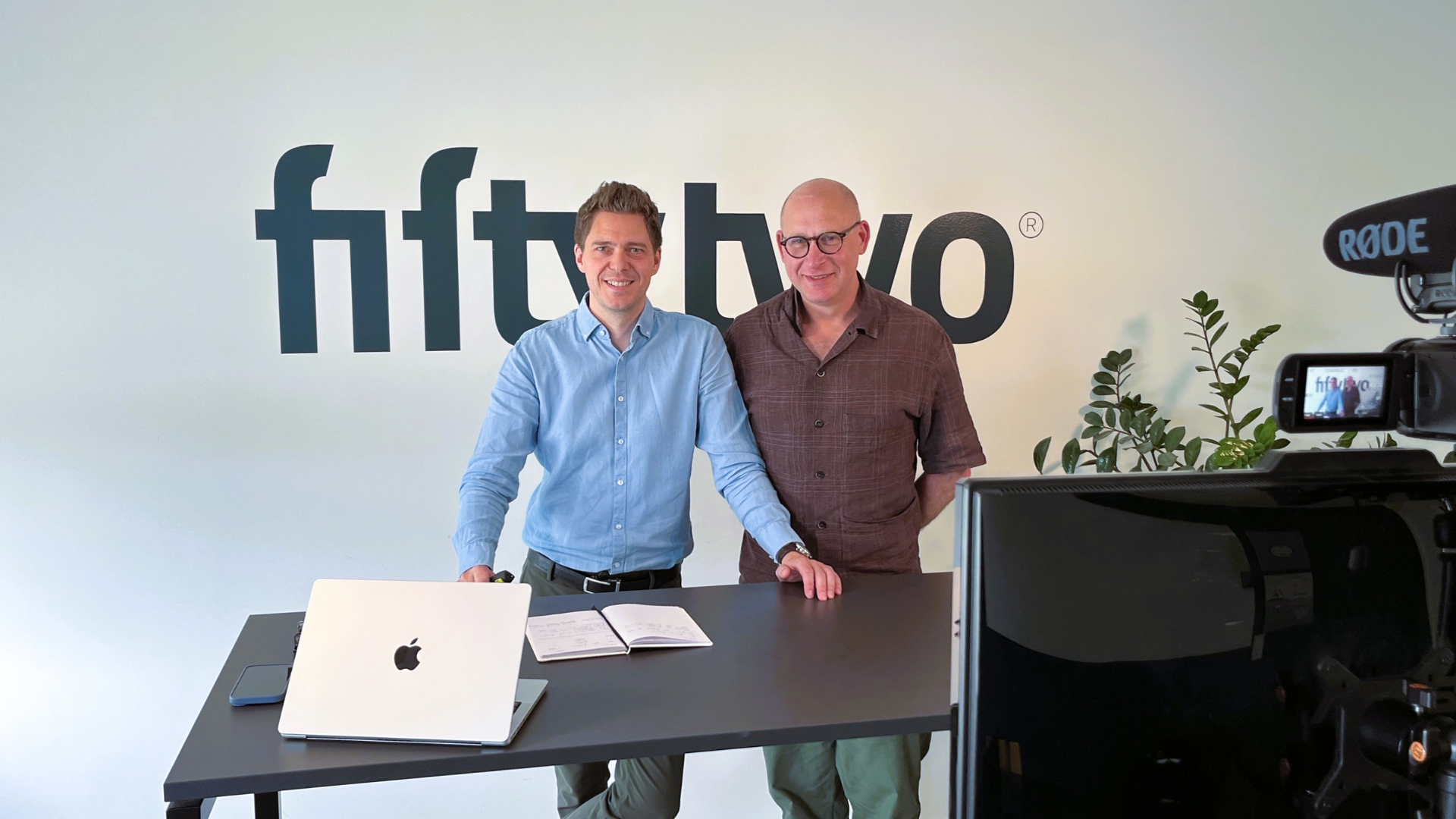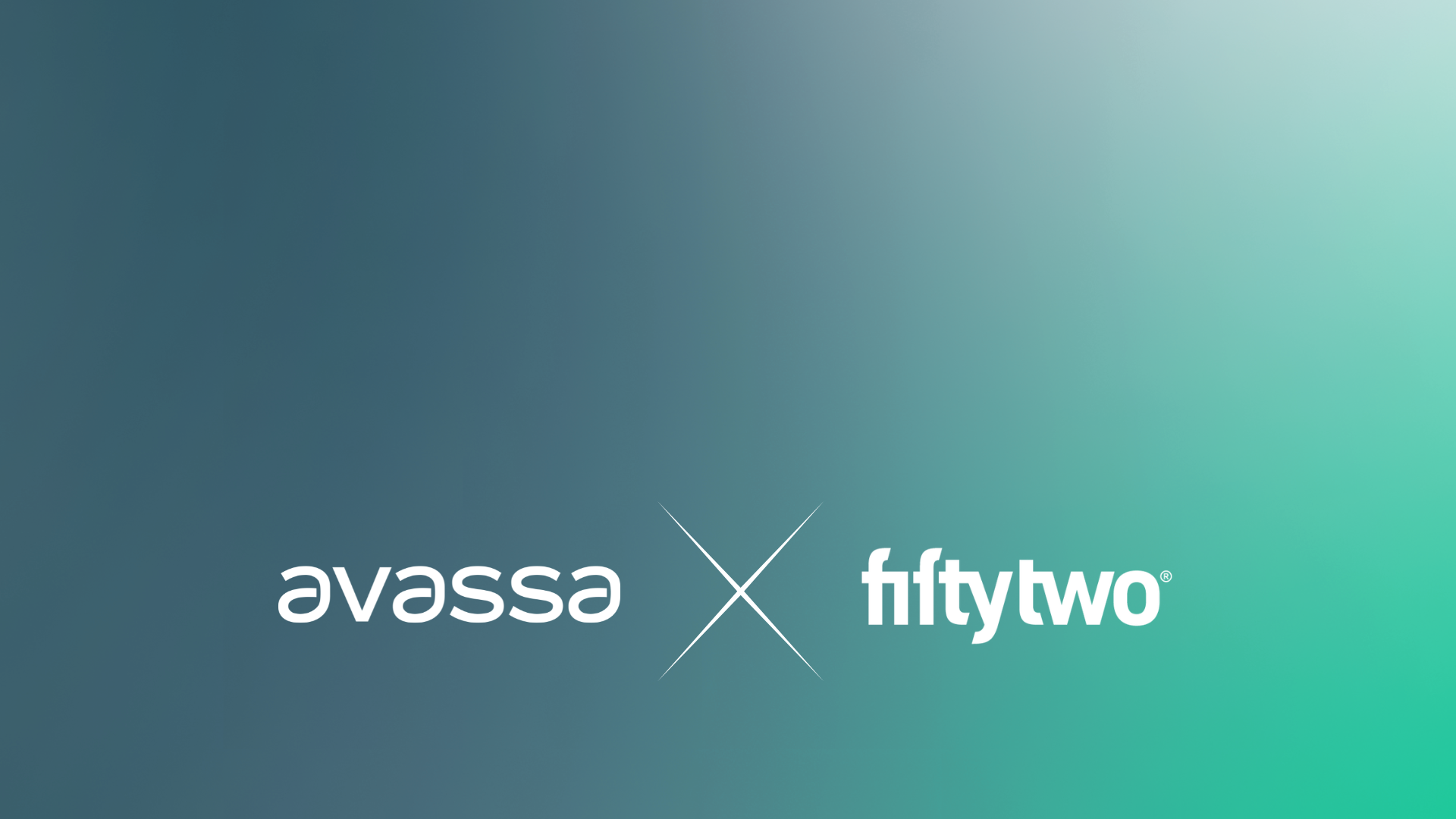Much more than a buzzword
The concept of omnichannel is not just a modern buzzword - it marks a significant change within sales and marketing. Today, customers can interact with businesses through different channels - in physical stores, on webshops, through mobile apps, catalogs, or on social media. They can also access these channels from different devices, such as computers or mobile phones. With a presence on various channels and devices, it is possible to improve the customer experience and reach a broader range of potential customers.
The focal point of omnichannel retail is to coordinate processes and technologies across channels to provide the customer with a consistent and relatable customer experience.
Your different channels must cooperate; otherwise, it can create problems with supply chains, and it can be challenging to develop a consistent and relatable customer experience. An omnichannel mindset sheds light on this issue. The focal point is to coordinate processes and technologies across channels to provide the customer with a consistent and relatable customer experience.
From single channel to omnichannel
We have briefly explained the focal point in an omnichannel mindset and why it can be valuable to implement as a business model. However, to obtain a deeper understanding of omnichannel retail, it may be relevant to turn back time and look at the journey from single channel to multi channel, from multi channel to cross channel, and from cross channel to omnichannel
Single channel
Before the Internet was a fundamental part of every customer’s daily life, most retailers only sold their items through a single channel - the physical store. With the emergence of the Internet, many have expanded their presence, but the single channel business model still exists. Single channel means that you only sell your products through one channel. It can be either a physical store, a webshop, or something completely different.
Multi channel
Briefly explained multi channel means that you sell your products through more than one channel (a physical store, webshop, etc.), but your channels do not collaborate. Instead, they are divided into silos and handled as two or more different businesses. For example, if you have a physical store and a webshop, these will each have seperate inventory, management, business idea, marketing strategy, etc. It will not be possible for your customers to use a gift card across your channels or return a product purchased at your webshop in your physical store.
Cross channel
With a cross channel business model you are also present on several channels like with a multi channel business model - the difference is that your channels are connected and not divided into silos.
Cross channel can be seen as a varied version of multi channel, which to a greater extent is centered around the customer. Your various channels are coordinated to ensure they complement each other, and you can offer your customers a more consistent experience when they visit your shop. A product purchased at your webshop can be returned in your physical store, and a gift card can be used across your channels. You can also send your customers coupons via email that they can use in your physical store.
Omnichannel
Omnichannel is a further development of the cross channel model with far more focus on the customer journey across channels. The aim is that your customer’s journey, across your channels, is even more smoothly connected. They must be offered an even more seamless and relatable shopping experience - no matter through which channel they choose to buy.
With a cross channel business model, your channels are connected. With an omnichannel business model, they are integrated. This is reflected in the fact that the information your customers have stated in one channel can be transferred to other channels - both physical and digital. For example, your customer can create a profile on your webshop and also have access to it through a mobile device application, and maybe from a screen in your physical store. When you integrate your various channels, you only need to maintain data in one place, and that is, in addition to making your time more efficient, associated with several benefits.
You get more valid data and ensure that your customers experience consistency in prices and stock across your channels. With an omnichannel business model, you can also offer your customers Click and Collect. With Click and Collect, your customers can order items on your webshop and get it delivered to your physical store. This does not only mean that you meet your customers' wishes and needs - but you also create an opportunity to achieve additional sales. A survey conducted by the e-Commerce portal InternetRetailing shows that around 60-75 percent of all Click and Collect customers end up adding extra items to the basket when they visit your physical store to pick up a preordered product.
Unified commerce
Unified commerce is a development of omnichannel, which briefly explained is a complete solution that allows you to execute on your omnichannel business model.
Even though your sales channels are integrated when you have implemented an omnichannel business model, your knowledge of your customer’s current situation may be limited due to a lack of homogeneous and updated data. Therefore, you may end up sending your customers offers that are not relevant to them at that time, which can result in an impersonal customer experience.
To create the coherence an omnichannel business model requires, you have to look at things in a bigger picture, and the idea of channels must be eliminated. Instead, the focus should be on your customer’s experience with your entire business. However, it is easier said than done. You may be forced to work in channels if you lack the necessary solutions and integrations to create coherence between your systems, data, etc.
Unified commerce is a development of omnichannel, which briefly explained is a complete solution that allows you to execute on your omnichannel business model. Your database is integrated and exchanged directly between your channels. Thus, you achieve an overall view of your customers and get an insight into your customer's needs and desires in the exact moment. With this knowledge, you can tailor personalized offers to your customers, and give them a personalized service when shopping in your physical store. That way, you can increase your chances of both upselling and additional sales.
An example of a Danish retail company that has had great success in implementing an omnichannel business model and using unified commerce to execute this is Matas. In a presentation for FDIH, Customer, Insights and Omnichannel Manager, Stefan Kirkedal, says that Matas has access to data from 1.5 million people through their loyalty program Club Matas.With access to this data, they can create a unique experience for their customers no matter through which channel they visit. According to Stefan Kirkedal, the number of omnichannel customers has grown, and they also buy more. Today, omnichannel customers are an increasing share of Matas’ revenue.
In addition to Matas, Bog & Idé has been successful in implementing an omnichannel business model. For Bog & Idé, Click and Collect has proved to be valuable. According to Impact, 65 percent of Bog & Idé's online orders are picked up in their physical stores.Even though their industry, in general, is having a hard time, they have experienced growth in 2018 - two years after they implemented their omnichannel strategy. Like Matas, Bog & Idé also uses data to create the most possible value from their omnichannel business model. Impact writes that Bog & Idé’s physical stores use real-time data from their webshop with the tool Raptor to gain insight into which books their customers buy. With that knowledge, they can strategically place popular books in their stores.
Earlier this year, føtex launched their loyalty application føtex Plus, where they provide personalized offers and discounts to users of the app. This is another example of a retail company that has created a successful omnichannel business by focusing on the value of the data they receive from their customers.




